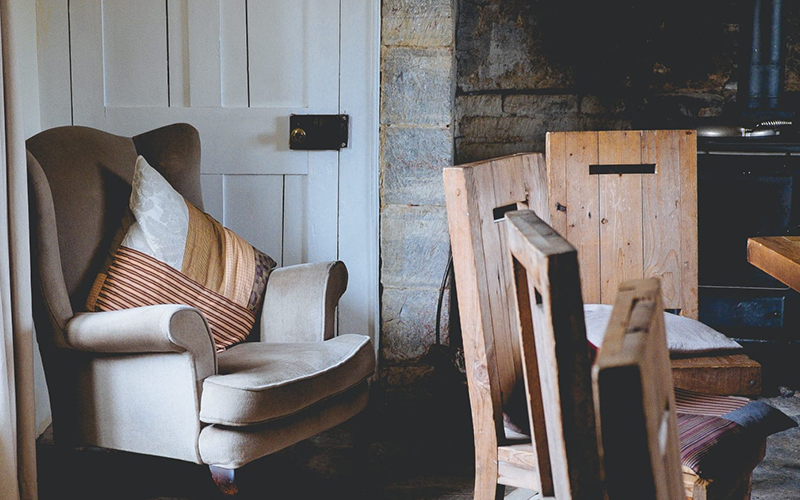So you’ve decided that your current home no longer suits your needs. But you love the area you live in and don’t want to move away. This leaves you with two options: you can knockdown-rebuild or you can extend. Your choice will be determined by your particular circumstances. In this guide, we examine initial considerations, the financial traps. And the benefits of each method. Council approval and the specific issues involved in demolishing a house.
When you’re deciding whether to knockdown/rebuild or extend. A set of essential issues must be addressed. Ask yourself the following crucial question. Is your existing home in a condition that is suitable for renovating? Do you like the design of your existing home? If you renovate, can you find materials to match your existing home? If you renovate, will you need to upgrade your home? Depending on the ratio of renovation to the new buildings. Also, local building administrations may must that your home upgraded to follow.
The Building Code of Australia (BCA) – which can cost you a fortune. Compare the size of your existing home to the size of any planned extension. If you’re planning a 300sqm addition to a 50sqm home. It’ll be cheaper to knock the existing structure down and build new. Omit, a 25sqm extension to a 250sqm home is most likely workable. But other factors may add to your costs. Do you have somewhere to live while the building work is being carried out? Are you planning on engaging the services of a builder? No matter whether you are renovating or building, this will usually speed up the work. Do you intend to carry out the entire project in one building operation? Or are there advantages in completing the work in stages? It’s usually more expensive per square meter to extend or renovate than to build a new home. This is due to some issues: Joining the addition. The existing structure takes a lot of time and is quite expensive. You may need purpose-made materials to match the appearance of your current home. These can be expensive. Access to the building area is usually restricted. By established gardens or existing buildings. This means that equipment and materials may need to bring around sound entrances. Equipment may even need to winched into your backyard – an expensive operation. If you required to upgrade your existing home to follow building regulations. You will face considerable expense (that is if you are able to complete the project at all). Additions and renovations usually take longer to build, so temporary accommodation. And the holding costs of finance may be an issue Many building components. In existing homes (such as water pipes, electrical cables. Insulation, and structure) hidden in areas that are not accessible. This means that it’s not always possible to determine. The amount of work necessary to achieve compliance or a satisfactory end product. If you can’t determine the scope of works, it’s often not possible to identify the associated cost of the work. This can lead to issues with lending authorities. Also valuations for progress payments and budget overruns. So when you’re budgeting to extend your home include a contingency sum for unforeseen work.
This doesn’t mean that a knockdown/rebuild is always more workable than an extension. It’s all in the ratios – the more work that needs to do. the more likely it will be that you’ll save money on a knockdown/rebuild. There are also costs associated with knockdown-rebuild. That you won’t face a renovation. These include: Demolition of existing house ($10,000-$15,000); Connection. And reconnection of services; Temporary accommodation costs.
Approval by council
Obtaining building approval from local councils can be complex and time-consuming. Even for an experienced Melbourne builder. So if you have no experience at all. The process can be a nightmare. A licensed builder in Melbourne will have expertise. Also, necessary recourses to get council approval. As possible Don’t convince by unscrupulous. Operators who suggest that you go ahead with any work. Including demolition, before obtaining formal development approval by your local council. You also need compliance approval by a certifying authority before commencing work. Carrying out unapproved building work is illegal. It will also make your home more difficult to sell and reduce its market value.
Demolition
In most states demolition can only carry out by a licensed demolisher. It is likely that your licensed builder can also carry out this work. The method by which the demolition will carry out depends upon many issues. Including: don’t forget that homes are a bit like icebergs – a lot of the structure is in the ground. If your concrete footings are large it may be cost-effective to leave them in place. This decision will need to make on-site. It recommended that you engage a practicing engineer to inspect. And report on possible issues. Drainage can usually be removed. The removal of the in-ground services. And the footings of an existing home will disturb the existing ground. This action can decrease the load-bearing capacity of the ground. And should be inspected by a certified practicing engineer. Removing services and footings also leaves big holes in the ground. Disposing of waste is expensive. So consider recycling some of the demolished materials and saving a few dollars. You may be able to sell some of the materials. While they are still in place, on the basis that the purchaser removes them. If you choose this option talk to your insurance company. About associated occupational health and safety and other insurance issues








